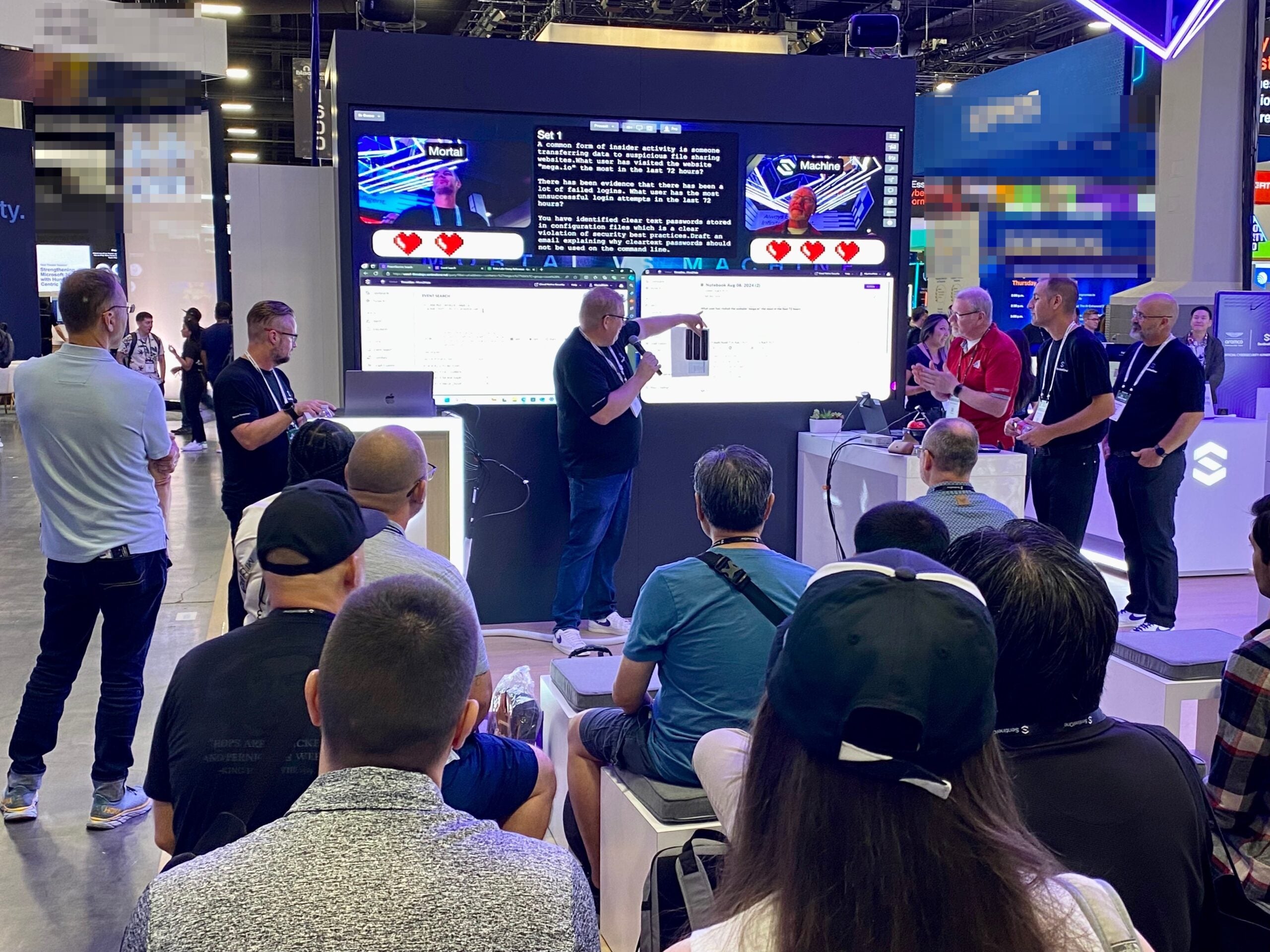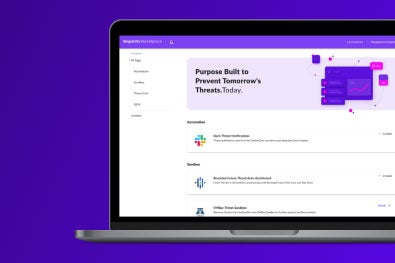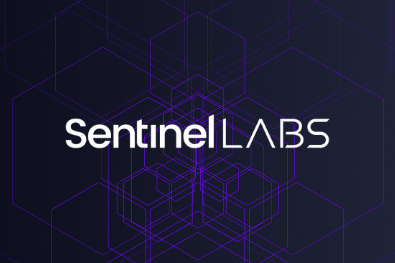There is an oft-referenced quote in economics about the impact of computing on the workplace in the 1980s. Economist Robert Solow remarked in 1987 that “You can see the computer era everywhere but in the productivity statistics.” In the years that followed Solow’s observation, workplace productivity increased, but not at levels anticipated by the white-hot jubilance of Silicon Valley. Might AI do something similar?
The Economist recently published a piece reviewing current research on the impact of AI on productivity, finding that the use of AI strengthened work outputs among experts but not poorly-skilled users. The key determinant of AI’s impact was the user’s ability to determine whether the AI’s output was good or not. In other words, for many systems, the human expert’s discrimination is key to extracting value from the AI’s generation.
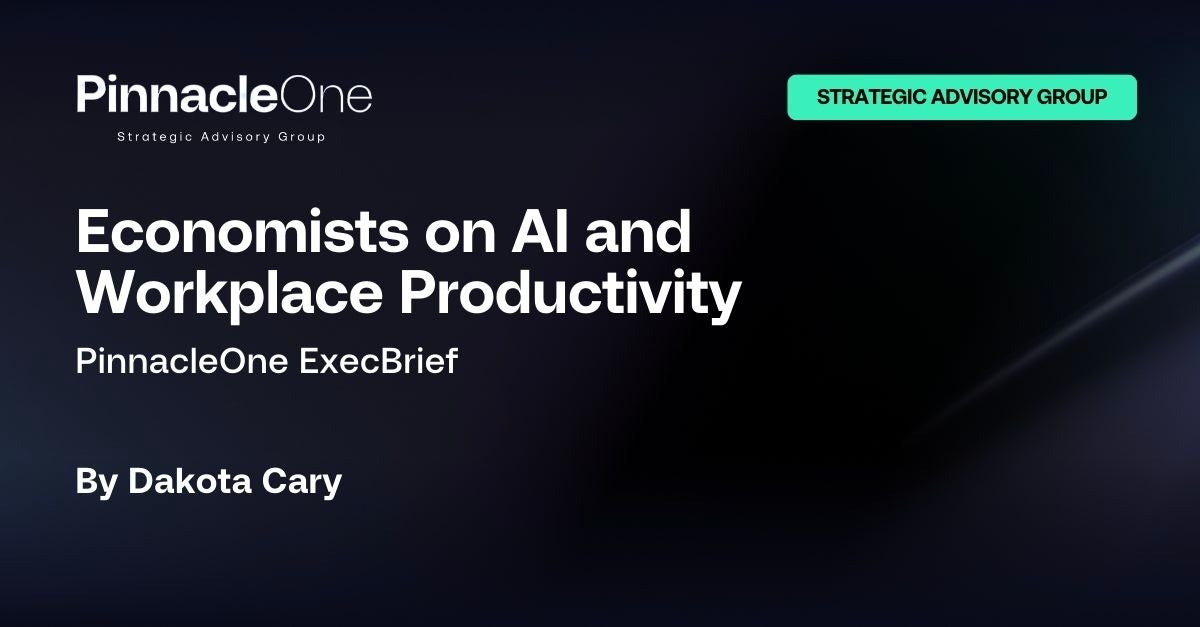
SentinelOne’s own Mortal v. Machine competition shows how The Economist’s findings may apply unevenly across economic sectors. At events across the world, our company demonstrates the value Purple AI can bring to customers by having a volunteer participant empowered with Purple AI face-off against a premier threat hunter. Perhaps surprising to current economics literature, the crowd participant wins each time. Why?
Recent research would suggest that those crowd participants volunteering are experts themselves. But, the near unanimous win-streak for these volunteers strains credulity.
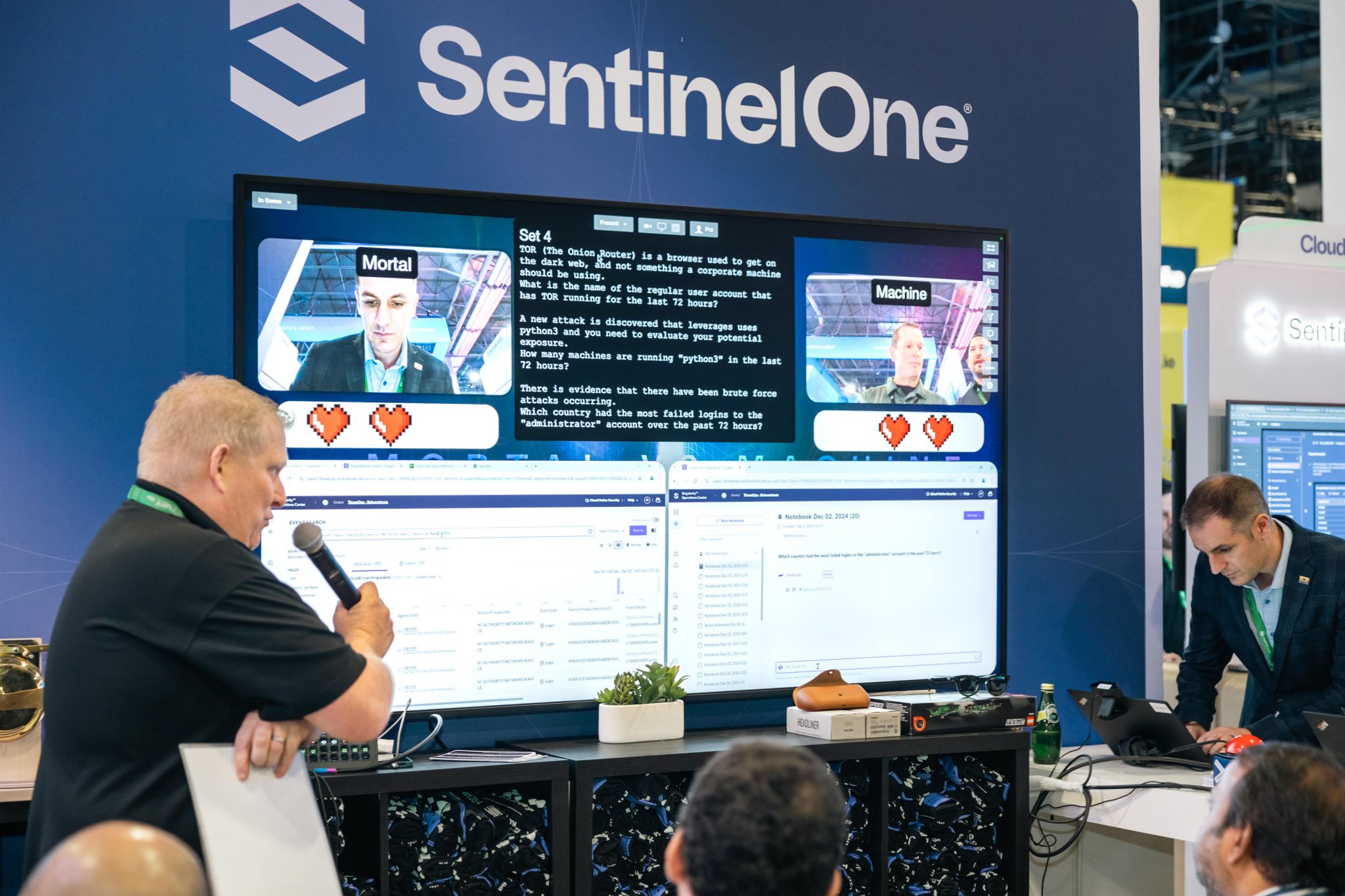
Instead, SentinelOne’s Mortal v. Machine offers a different explanation, one perhaps not included in reviews of current economics literature: Finely-tuned AI models for purpose-built applications can enable non-experts to outperform experts in discrete tasks. Luckily for defenders, that is precisely what SOC operations are in economic terms – sequences of discrete tasks where expert knowledge can be provided by AI systems in addition to reducing cognitive loads of menial tasks. In Machine v. Mortal, the cards are stacked against the expert who is unable to use Purple AI though reality is much kinder to defenders with Purple AI.
In other words, The Economist may have found that it takes expertise for someone to use an unspecialized AI system to produce good results. SentinelOne’s Mortal v. Machine instead shows how specialized AI systems, like Purple AI, can offer that expertise quickly and reliably. Sign up for a demo here.
Implications for managers and CISOs abound. You cannot and should not seek to replace your skilled defenders with rookies operating Purple AI – this would forsake the measurable productivity gains of experts using expert systems. However, our experience suggests that CISOs should up-skill their SOC analysts for jobs such as threat hunting, detection engineering, and intelligence production. These roles and the knowledge that comes with them are critical to conducting active defensive operations on your network that are enabled by Purple AI.
The upleveling of your organization’s defenses will come from improvements in your team’s capabilities. Continuing education, certificates, and courses for advanced defensive skills take on new importance in the era of AI. As important will be empowering members of your teams to grow into new responsibilities across your security organization, undertaking proactive threat hunts and improving internal policy adherence. The AI-dividend will improve security across the organization and, unlike the onset of computers in the 1980s, it will show up in the productivity statistics.


